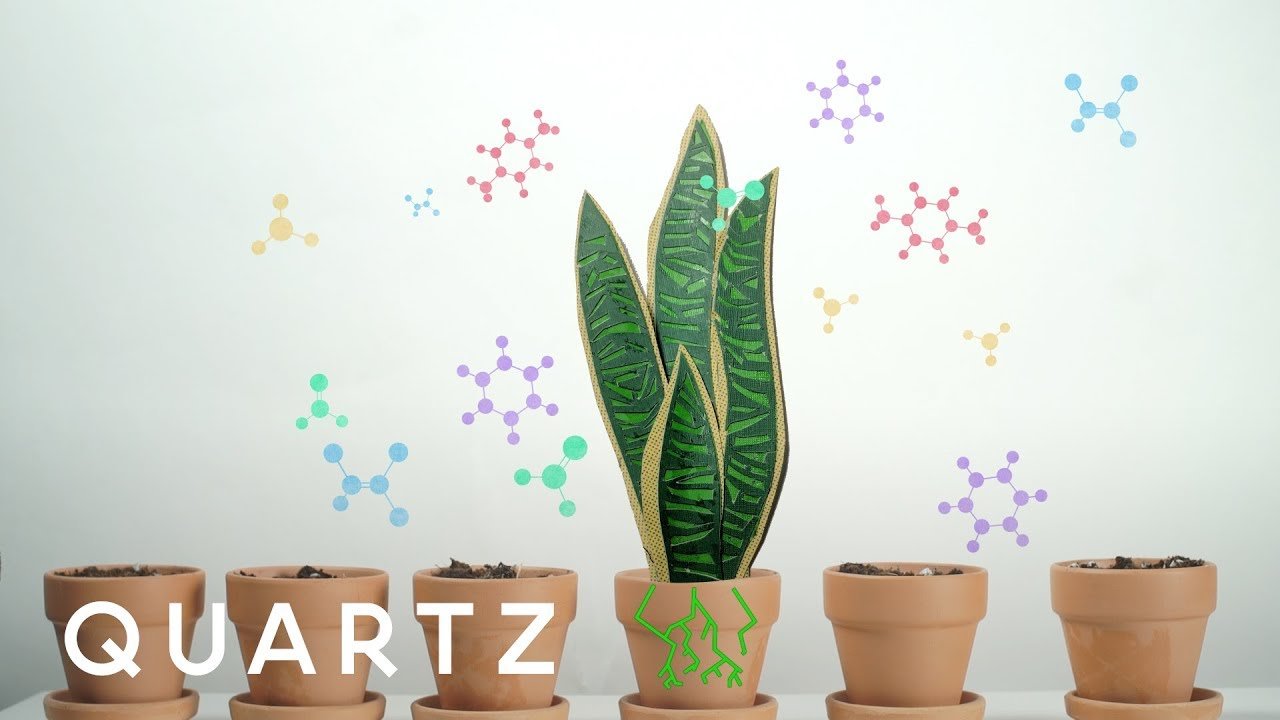Snake plants (Sansevieria) have gained popularity not only for their low-maintenance care but also for their air-purifying benefits. But do they really improve indoor air quality? Let’s explore scientific studies, their role in removing toxins, and the best ways to optimize their impact on your home environment.
Do Snake Plants Purify the Air?
Yes, snake plants are good for the air, as they filter out harmful pollutants and improve indoor air quality. According to the NASA Clean Air Study, snake plants were among the top-performing houseplants for removing indoor pollutants such as benzene and formaldehyde.

How Snake Plants Improve Air Quality
1. Removes Harmful Air Pollutants
Snake plants act as a natural air purifier by filtering out common indoor pollutants, including:
- Benzene (found in detergents and plastics)
- Formaldehyde (released from furniture and cleaning products)
- Trichloroethylene (found in paints and adhesives)
- Xylene & Toluene (common in household products)
These volatile organic compounds (VOCs) can cause headaches, respiratory issues, and long-term health risks, making snake plants a beneficial addition to any home.
2. Releases Oxygen at Night
Unlike most plants, which release oxygen only during the day, snake plants continue to produce oxygen at night through Crassulacean Acid Metabolism (CAM). This makes them a great plant for bedrooms, as they improve oxygen levels while you sleep, promoting better rest and improved air circulation.
3. Reduces Allergens in the Air
Snake plants also help reduce allergens like dust, dander, and airborne microbes by increasing humidity levels and filtering out microscopic irritants, making them ideal for people with allergies or asthma.
Best Snake Plant Varieties for Air Purification
While all Sansevieria species help clean the air, certain varieties are more effective. The NASA study found the following types to be among the best air-purifying plants:
1. Golden Snake Plant (Mother-in-Law’s Tongue)
- Native to Africa, Asia, and Madagascar
- Removes up to 50% of air pollutants in 24 hours
- Highly effective in absorbing benzene, formaldehyde, and trichloroethylene
2. Dwarf Snake Plant
- Compact and ideal for small spaces
- Removed between 9,727-31,294 micrograms of toxins in a single day (NASA study)
- Thrives in low-light conditions
3. Green Snake Plant
- Features deep green leaves with silver and sage stripes
- Releases higher oxygen levels at night
- Best for bedrooms and offices
How to Maximize the Air-Purifying Benefits of Snake Plants
1. Optimal Placement for Air Quality Improvement
- Keep your snake plant near an east- or west-facing window for optimal growth.
- Place one plant per 100 square feet to effectively purify the air in a room.
- Ideal locations include bedrooms, offices, and living rooms where air circulation is crucial.
2. Proper Watering for Maximum Efficiency
- Snake plants thrive when watered correctly, typically every 2-6 weeks depending on the season. Overwatering can lead to root rot, a common issue many plant owners face when caring for snake plants indoors.
- Use a self-watering pot to maintain healthy root moisture levels.
3. Increase the Number of Snake Plants
- The more snake plants you have, the greater the air-purifying benefits.
- For larger rooms, keep at least 2-3 snake plants to enhance indoor air quality.
4. Ideal Lighting Conditions for Air Purification
- Snake plants thrive in indirect bright light but can also tolerate low light.
- They perform best when placed near a window that provides diffused sunlight for 5-6 hours daily.
- Proper lighting helps enhance their ability to filter toxins and improve indoor air quality. Ensuring the right lighting conditions plays a key role in the plant’s overall health and air-purifying capabilities.
- Too much direct sunlight can cause leaf burn, so it’s best to avoid placing them in harsh, direct sunlight.
Are Snake Plants Safe for Pets?
While snake plants offer numerous air-purifying benefits, they contain saponins, making them toxic to cats and dogs if ingested. If you have cats or dogs, place your snake plant in a pet-free zone or opt for pet-friendly air-purifying plants like Areca Palm or Spider Plant.
Final Verdict: Are Snake Plants Good for the Air?
Absolutely! Snake plants improve indoor air quality by filtering out toxins, reducing allergens, and increasing oxygen levels, especially at night. Whether you’re looking for a low-maintenance air purifier or a natural way to enhance your home environment, the snake plant is an excellent choice.
Frequently Asked Questions (FAQs):
How many snake plants do I need to clean the air in my home?
For effective air purification, NASA recommends at least one large plant per 100 square feet of indoor space.
Can snake plants remove mold from the air?
Yes! Snake plants help reduce mold spores and airborne allergens by increasing humidity and filtering toxins.
Do snake plants improve sleep quality?
Yes, because they release oxygen at night, snake plants improve air quality, which can lead to better sleep and reduced nighttime allergies.
What is the best place to keep a snake plant for air purification?
Bedrooms, living rooms, and offices are ideal locations since they benefit from purified air and oxygen release.
Do snake plants require sunlight to purify the air?
No, snake plants can thrive in low-light conditions, making them perfect for indoor spaces.






